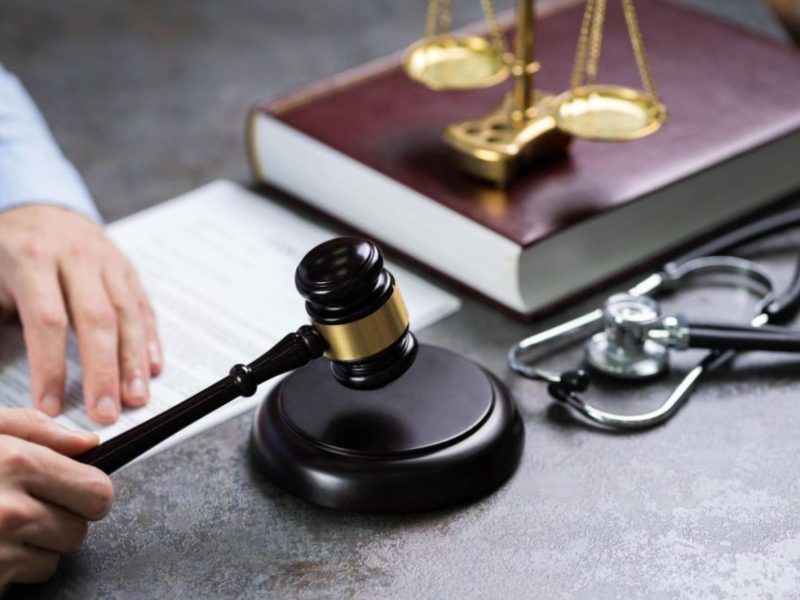Have you ever wondered how city laws can help make our environment cleaner and healthier?
Local Law 97 is a groundbreaking regulation here in New York City aimed at reducing greenhouse gas emissions from buildings. As many of us spend a significant portion of our lives in these spaces, understanding how this law impacts our everyday environment is vital.
In this article, we’ll explore how Local Law 97 is driving sustainable practices in NYC buildings and its importance for the future of our city.
Table of Contents
Emission Reduction Targets
Local Law 97 tells buildings in New York City exactly how much pollution they need to cut. Buildings larger than 25,000 square feet must cut their greenhouse gas emissions by 40% compared to 2005 levels by 2024. By 2050, they must reach even higher goals of 80% reduction.
The goal of these goals is to encourage building owners and managers to use less energy and do it more efficiently. Following these rules is very important if the city wants to reach its general goal of lowering pollution and fighting climate change.
Building Coverage
Local Law 97 applies to a wide range of buildings in New York City, specifically targeting those that are 25,000 square feet or larger. This means that many commercial and residential properties will be affected, pushing them to improve their energy efficiency and reduce emissions.
To comply with LL97, many buildings are undertaking major renewable energy upgrades. If you’re looking to understand the requirements and impact of these upgrades, you should learn about LL97.
Benchmarking and Reporting
Local Law 97 says that buildings must regularly report and keep track of the greenhouse gas pollution they cause. Builders can use this method to see how well their projects are doing and figure out what they can change to make them better.
Builders need to send in papers every year that show how much energy they use and how much pollution they cause. It’s important for the city to keep track of its progress toward its emissions-reduction goals and make sure that the law is being followed.
Penalties for Non-Compliance
People who own buildings and don’t meet the minimum carbon reduction goals have to pay a lot of money under Local Law 97. You could get a $268 fine for every metric ton of emissions that are too high if you break the rules more than once.
People are very likely to follow the rules when they are fined, and building owners are also more likely to use eco-friendly methods. The city will carefully enforce these rules to make sure it meets its environmental goals.
Local Law 97 Powers up Energy Efficiency for a Cleaner NYC Skyline
In conclusion, Local Law 97 is a critical step towards a greener New York City. With the implementation of penalties for non-compliance, building owners are motivated to adopt better energy solutions.
As we embrace these changes, we can look forward to a cleaner, healthier environment for all New Yorkers. Together, we can support the goals outlined in Local Law 97 and create a brighter future.
We hope this article was helpful to you. If you enjoyed it, be sure to check out our blog for more valuable information and resources.



